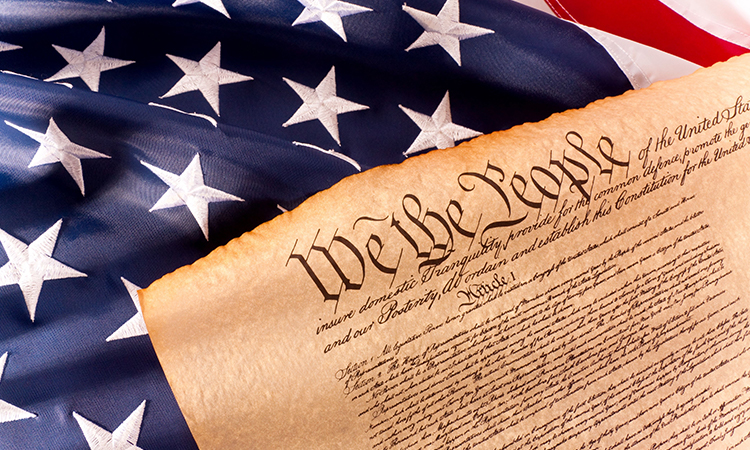
Every year the Independence Day (4th of July) is a great opportunity to celebrate, have a barbecue and spend time surrounded by friends and family. Rarely, this national holiday evokes historical events that led to the union of states that we have now. Let’s review the history of this July holiday that all of the Americans are looking forward to regardless of political views.
How It All Started?
June 11, 1776 – a Second Continental Congress meeting that organized a work of the Committee that involved John Adams, Benjamin Franklin, Roger Sherman, Thomas Jefferson, and Robert R. Livingston. The main purpose was to compose a document to officially break ties with the Great Britain. By July 2, 1776 – the final version of the document was created and the resolution of Independence declared. And on July 6 – it was printed for the first time in the Pennsylvania Evening Post. In 1870 the Congress picked the date 4th of July and marked it as the national holiday that is celebrated it with fireworks, bonfires, and parades to this day.
Interesting Facts
- At first, only 13 American colonies gathered to declare the creation of a new nation.
- About 200 copies of the declaration of independence were produced.
- While only 26 copies are preserved till nowadays.
Historical Topics for Thesis & Dissertation
Despite the commonly accepted opinion that the Declaration of Independence was finalized and signed on 4th of July, there are a number of opinions and controversies on this topic. Some resources point out actually the Independence Day is to be celebrated on the 2nd of July considering that the closed session of the Congress voted for the resolution on this day. Surely, this question has to be carefully researched since another group of historians considers that the declaration was signed a month after its adoption.
Possible Research Questions
- What societal issues prevented other colonies from joining the declaration of independence since the beginning?
- What could have been another scenario if the independence was not accepted and the Great Britain continued the rule of the colonized areas?
- Considering that the declaration of independence stimulated the fight for equality and civil rights, why gender equality took much longer to be adopted?
- What other fundamental changes took place in the newly established American society?
- How to promote a higher historical awareness among American youth, as a part of preserving the national heritage?
Many theses and dissertations could be also written on another controversy, such as the text of the document and reasons for other colonies to refrain from joining the union of states earlier. First of all, consider the following passage: “We hold these truths to be self-evident, that all men are created equal, that they are endowed by their Creator with certain unalienable Rights that among these are Life, Liberty and the pursuit of Happiness.”The unanimous Declaration of the thirteen United States of America) There are two main points that question the democratic nature of the declaration, namely the notion of granting all rights to “men” and to declaring the Christianity as the primary religion. Certainly, both of these issues can be explained within the societal limitations of the time; however, the further development of these vexed questions could be traced over the course of history in the USA.
Topics for further research
National Heritage – Laws – Social issues. These and many more other questions could be asked both as a part of individual contemplation and scientific research. Till this day, the 4th of July is a significant element of our celebration of liberty and it is the duty of the nation to remember and recall the events of July 1776.


